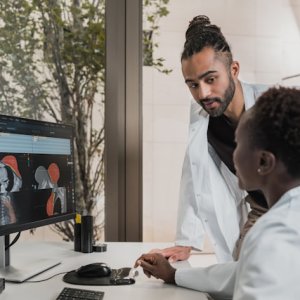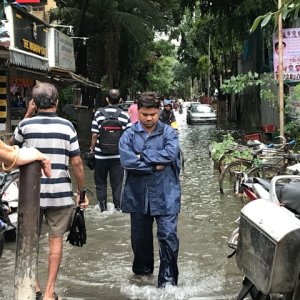Setting Up Changes in Critical Systems in the Pharma Industry

STORY INLINE POST
Last week, I had the opportunity to participate in a roundtable that was a part of the scientific program of the National Critical Systems seminar that applies to all manufacturing companies of medications and medical devices (we will refer to them as the “pharma industry”). The event was organized by the National College of Pharmaceutical Chemists Biologists of Mexico A.C.
It is important to understand what “critical systems” are. They are systems that are required in the pharma industry and that have a direct impact on the quality of the final product; which is to say in the medications we consume or medical devices we will use as patients. These critical systems basically distribute and/or deliver fluids, which are in direct contact with the products in some part of their manufacturing, and therefore impact directly the processes and the quality of the finished products. These critical systems most likely have systems for generation, distribution, and control. This last step is accomplished through sophisticated monitoring systems that require qualification that ensures the proper operation of these systems.
The critical systems clearly identified are:
- Water system of pharmaceutical and health products use.
- HVAC system ( heating, vacuum, air conditioner), also known as “Air”
- Compressed air system
- Special gases system
- Sterilization system
- Aseptic processing system
- Particles in injectables
For each of these critical systems, we have to define a series of activities that ensure a good performance during their lifespan. This means establishing in a broad and detailed way evaluations that prove what’s expected of them. This is why the actions that must be performed have been established worldwide: classification, system design, user requirements, commissioning, design qualification, installation qualification, operation qualification, performance qualification, and maintenance of the validated state for the duration of its entire lifespan.
It is possible that this series of actions are not entirely understood by everyone; however, in the pharmaceutical industry, I can say that everyone who is involved understands that if these actions are not perfectly defined, executed, and controlled, we will be generating a high-risk condition that can endanger the final product and ultimately the patient. We always have to keep in mind that all medications and medical devices have to be safe, pure, and effective.
It is for these widely justified reasons that the experts of the pharmaceutical sciences have established guides and official books across the world, such as the pharmacopeias and the guides from the OMS, FDA, and EMA, among others. The future of the critical systems to which other systems are added, such as powders collection, and containment and bio containment (known as RABS or Restricted Access Barrier System and Isolators), will play a crucial role in the manufacturing and control of medications in the future. This is a reality we are already seeing in medications.
For example, “controlled” drugs are those that are used to treat psychiatric illnesses and must be prescribed under strict medical control, since they can cause addiction. We are talking about opioids, antidepressants, stimulants and hallucinogens, among others. All of these must be manufactured under containment conditions, since at very low doses — of micrograms — they can cause a severe pharmacological effect. Another group that today must be manufactured in containment systems corresponds to biological and biotechnological medicines, since they are obtained from microorganisms, and again, their pharmacological activity is high, even when they are supplied in low doses. The best examples of this group are vaccines. Finally, a third group are cancer drugs due to their high pharmacological activity generated even at low doses. With the development of new groups of medicines, including the so-called "orphans," we will surely be requiring that their production be carried out under strict containment conditions.
Additionally, in the future, computer systems will also be integrated; and, by the way, they already control all trends in the statistical analysis of performance in real life. And finally, cleaning validation, since all equipment and critical systems that are in direct contact with the product have to undergo a cleaning process that has to be confirmed to ensure its complete effectiveness. This means the performance of the cleaning process has to be qualified to ensure its effectiveness in 100% of the cases.
From 2019 to 2022, we lived through an emergency situation that forced us to be creative and focus on solving problems quickly and effectively in the health sciences; however, we are very aware that science moves forward, and sometimes in giant leaps. It is for this reason that experts have to define the next steps and operational people have to execute them, so we can solve the needs of the health of our population. I am very honored to belong to this group of experts in the Critical Systems Committee at the FEUM (Mexican Pharmacopeia), and I know this team that together has hundreds of years of experience will continue to perform a preponderant role in the near future.








 By Deyanira Chiñas | Commercial Director -
Thu, 03/30/2023 - 10:00
By Deyanira Chiñas | Commercial Director -
Thu, 03/30/2023 - 10:00
















